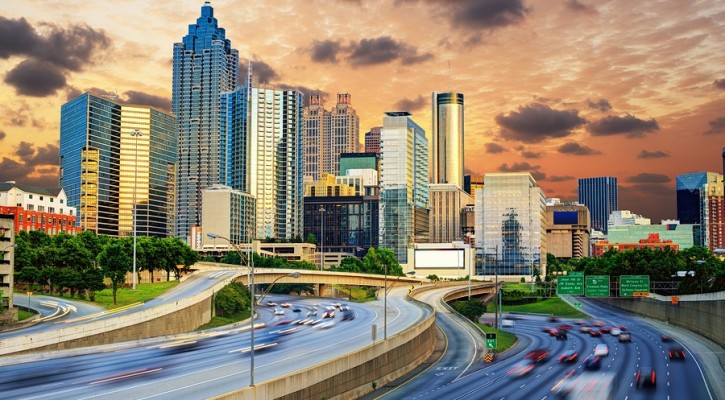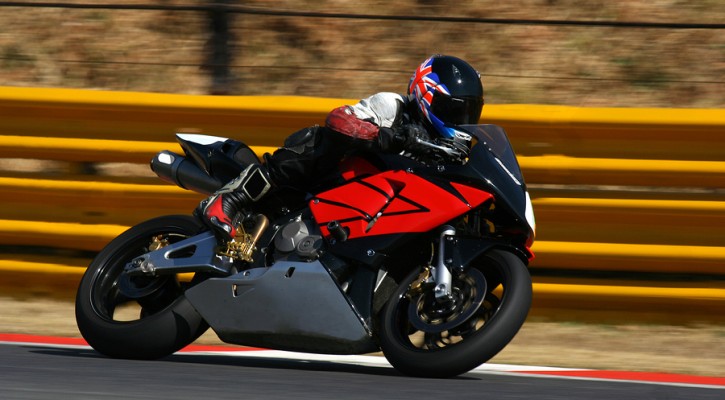
High Speed Training
March 31, 2014
After you have finished your initial motorcycle training, taken classes in the Motorcycle Safety Foundation school, and received your motorcycle license, you might feel like you know it all. Not even close. You know nothing.
The next step in rider education is to experience riding at highways speeds and surviving disasters. Even after years of experience, many riders find that they are still learning, still crashing, and still have much to learn. Rather than risking your life learning these hard lessons on the road, try a weekend class in the RideSmart program to perfect your motorcycle skills.
RideSmart is a very real, hands-on school that teaches riders everything they need to know about riding a motorcycle – from street skills to racing skills. By providing high-speed training on a private track, RideSmart trainers teach motorcyclists how to perfect the art of throttle control, braking, turning and everything else they need to know to ride like a pro. It’s a great way to continue your education in a safe, controlled environment.
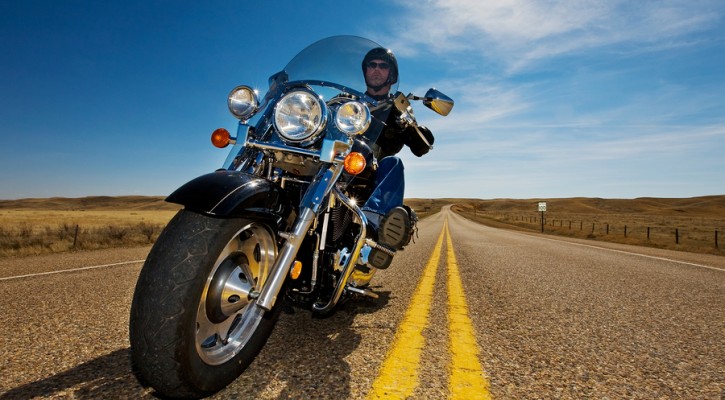
Motorcycles with Innovative Safety Features
March 31, 2014
Motorcycle riders face plenty of dangers on the road. The best way to stay alive is to stay alert, wear all the proper gear, and be a safe driver. However, you can also ensure a safer ride by purchasing a motorcycle known for its safety features. Begin your search for a safer ride with this list of motorcycles from the Wall St. Cheat Sheet:
Preparing for a Safety Course
March 30, 2014
New riders interested in taking a motorcycle safety course, such as the state-sponsored Rider Training classes or the Harley-Davidson Rider’s Edge version, are truly wise. However, wise as they may be, they still don’t know exactly what to expect or how to prepare. If this description fits you, then let us alleviate those pre-class jitters with this quick list of preparations:
– Get lots of rest the night before. You will need the mental energy.
– Eat a good breakfast.
– Dress the part: boots, gloves, long sleeved shirt, tough pants & jacket, eye protection (goggles or shatter-resistant glasses)
– Pack a water jug.
– If you have a DOT-approved helmet, then bring it. If not, then the class will usually provide one.
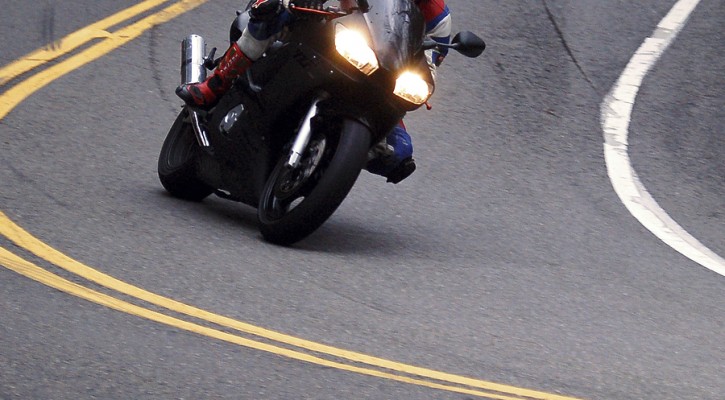
Best Rides in America
March 30, 2014
It’s time to start planning your spring-season rides. Get started with the AMA’s 15 Best Motorcycling Roads in America:
http://blog.leatherup.com/2011/03/22/the-15-best-motorcycling-roads-in-america-selected-by-ama/
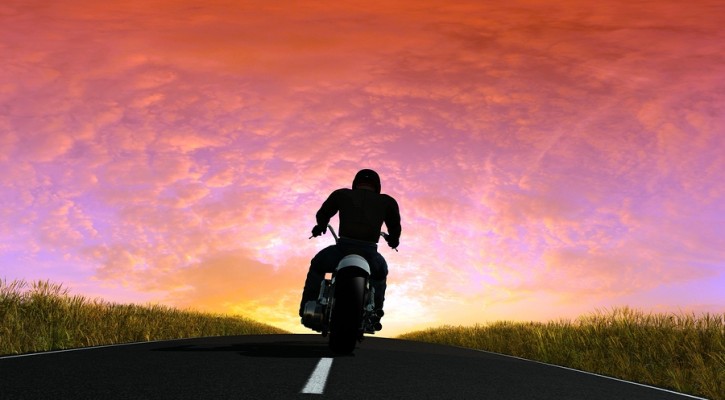
Newbies
March 29, 2014
Newbies are still newbies after 2,000 miles. They are still newbies after 6 months. They are newbies until they have experienced all the hazards of the road… and lived. This article from the motorcycle safety group is a great read for any new rider:
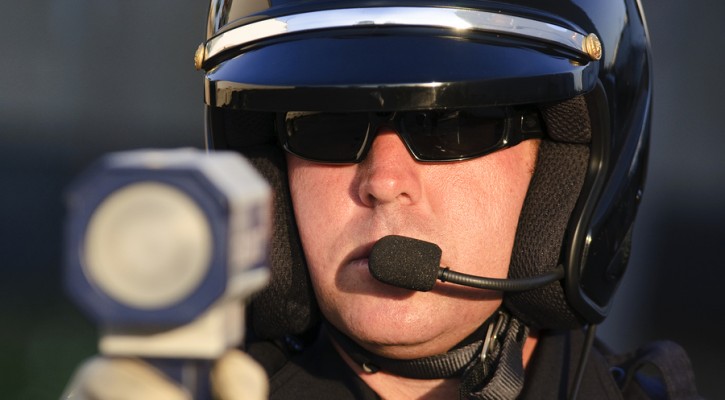
Modesto Police Looking Out for Motorcyclists
March 29, 2014
Police officers in Modesto, California plan to focus on motorcycle safety through the month of April. Extra officers will be posted in popular motorcycle riding areas, looking for both motorcycles and other vehicles operating dangerously. The police department will be cracking down on drivers that are speeding, making illegal turns, under the influence of drugs or alcohol, and other violations that put motorcycle riders at risk.
This specialized Motorcyle Safety Enforcement Operation is in response to an increase in motorcycle collisions in the area. While motorcycle fatalities dropped by 37% from 2008 to 2010, they quickly turned around and increased by 23% between 2010 and 2012.
The Art of Stopping
March 29, 2014
If you want to survive the first year on a motorcycle, then you must know how to stop. Obvious, right? Well, most newbies hit the road without much practice in panic-stops, and as a result, will end up crashing in their first emergency situation.
So, arm yourself with some knowledge and experience to be better prepared when some car cuts you off in traffic, or fails to see you when making a left turn. Follow these guidelines and you’ll be one step ahead of the rest:
1. Be alert. Unlike a car, the only thing separating you from the pavement are your wheels, which are essentially just two tiny patches of rubber. You can’t be daydreaming, fiddling with your phone, or sipping on a latte. Your brain must be fully engaged, constantly making risk assessments, and not just looking but seeing everything. Presence of mind is your first line of defense, because the sooner you are aware of an emergency, the sooner you can react to it.
2. Stop sooner with a heavier load. Don’t forget that riding with loaded saddle bags or an extra passenger adds weight and requires a longer stop time. So remember to start braking earlier if you have any extra weight.
3. Stop straight. You always want the bike to be straight and upright when coming to a stop.
3. Use BOTH brakes. Apply both brakes evenly and smoothly.
4. Don’t panic if your brakes lock up. Many riders will panic and let go of their brakes if they lock up. This causes the wheels to rotate and high-side the bike. Instead, just keep braking even if the wheels begin to slide. Your best chance is to continue holding the brakes and try to keep the bike as straight and upright as possible.
5. Move to a safe place. If you make a panic-stop in the middle of traffic, then you’re in a very dangerous position. Move to a safer area as quickly as possible.
6. Practice. Find an empty parking lot or track to practice emergency stops. Begin by warming up the engine and then accelerating to 10 or 15 mph. Then, STOP! Once your a little more comfortable, increase your speed to 20-25 mph and STOP! Try again at 30 mph (if you’re comfortable). Once you get the hang of emergency-stopping techniques, it’s time to test the stopping distance. Use something simple such as a soda can your braking point and then note your braking distance from the can to where you land.
Remember, everyone gets rusty and learning is a continual process on a motorcycle. So, once you’ve mastered the emergency stop don’t forget to return to the empty parking lot every once in a while for a refresher in motorcycle safety techniques. Safe travels!
DIY: Pro-Photography for Your Bike
March 28, 2014
Much like marriage, babies, and big life events, buying a new motorcycle calls for a photography shoot. However, you don’t have to spend the big bucks to get amazing images of your new ride. Read this awesome article by Gregor Halenda to learn all you need to know about photographing your motorcycle like a pro:
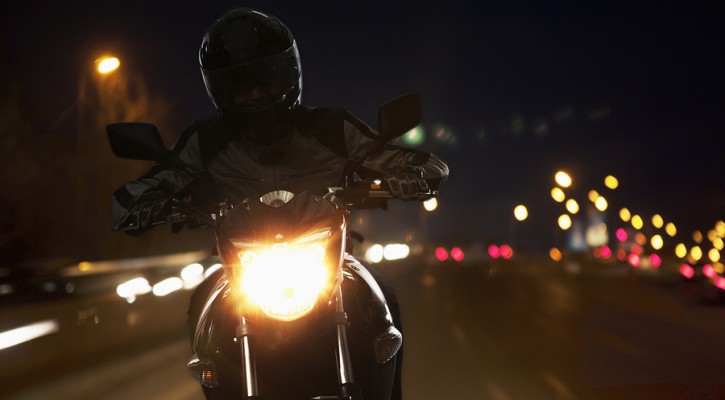
Night Riding Tips
March 28, 2014
As we all know, riding season is upon us. However, the sun still goes down a little early and many bikers are forced to continue their commute down dark roads. If this is a new experience, or if you could use a quick refresher, then follow these tips to stay safe on your night rides:
Don’t outride your lights. This is possibly the most important tip, and the easiest to remember. There’s plenty of hazards on the street, so don’t go faster than you can see.
Follow the tracks. Other vehicles leave behind tracks on the road, which are likely a safe path to take since previous tires would have swept away most of the debris.
Boost Illumination. Many companies make lighting accessories that can increase headlight power, allowing you to spot wildlife, gravel, road debris and potholes sooner.
Watch out for drunks. Night is the most common time for DUI/DWI.

